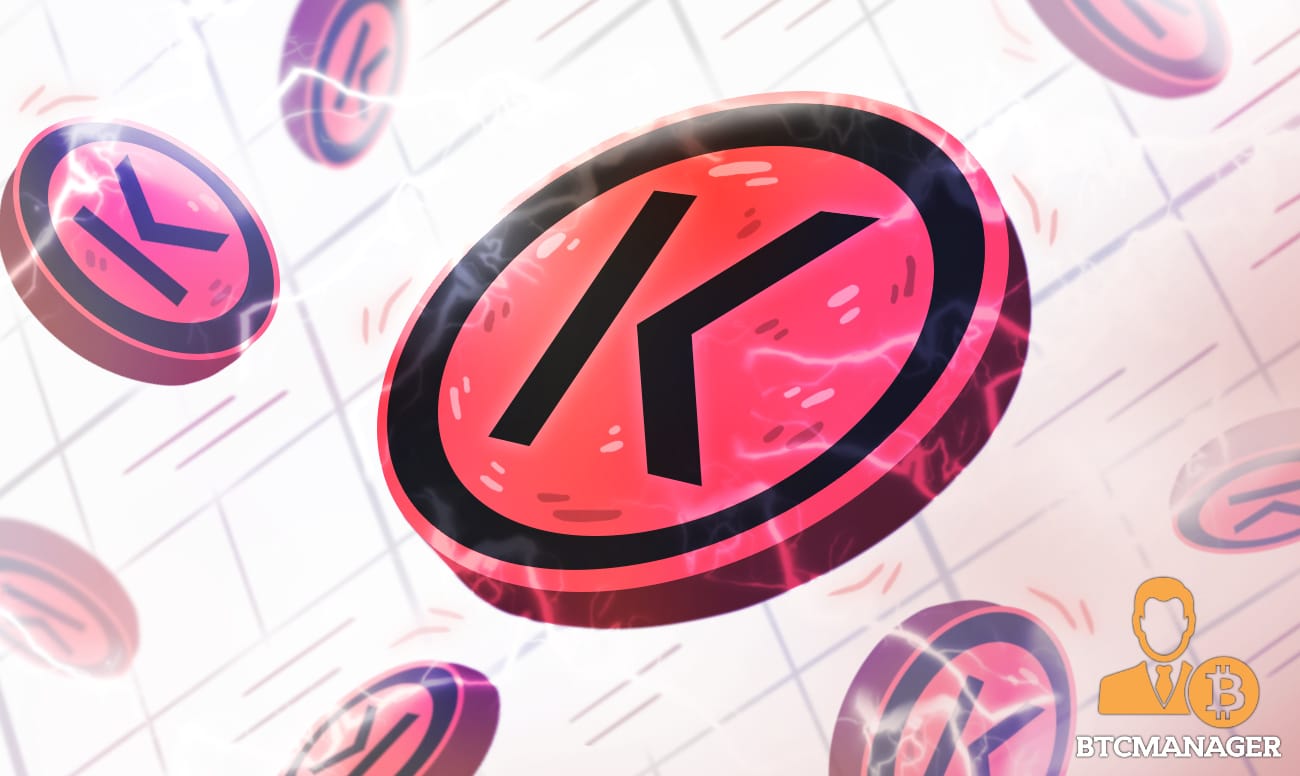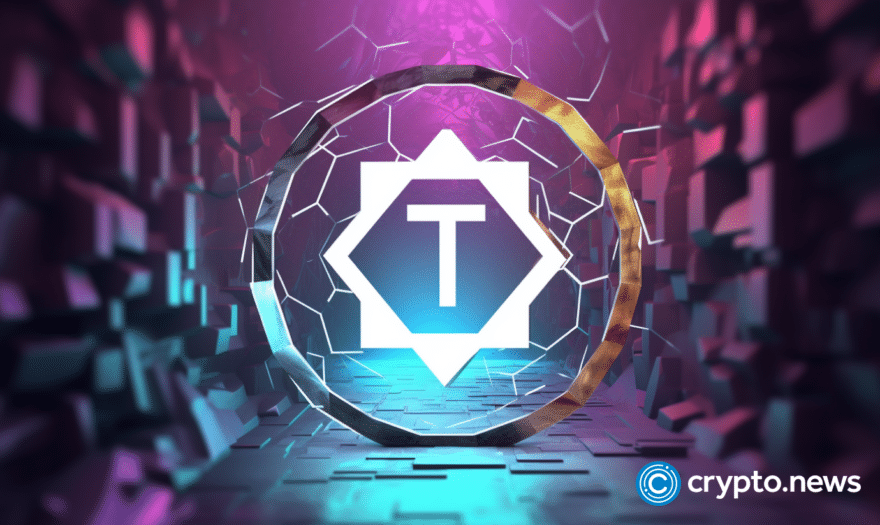Altcoin Explorer: Kava (KAVA), the Cross-Chain DeFi Platform

The DeFi space is growing at an alarming pace which has put the spotlight on some of the most innovative projects in the landscape such as Aave, Synthetix, and Compound, among others.
In this Altcoin Explorer, BTCManager deep dive into Kava (KAVA), a cross-chain DeFi platform that seeks to become the de-facto borrowing and lending platform for theoretically all cryptocurrencies.
A Primer on Kava
The Kava (KAVA) DeFi protocol is a standalone blockchain with a native token built with the Cosmos-SDK framework and utilizes the Tendermint-based Proof-of-Stake (PoS) consensus algorithm.
Kava successfully conducted its IEO on Binance crypto exchange in October 2019 and raised $3 million. The platform is backed by several heavyweights in the crypto industry such as Binance, Ripple, Kraken, Cosmos, and Huobi, among others.
To an extent, Kava can be compared to major DeFi platforms such as MakerDAO (MKR) that allow users to deposit crypto assets as collateral – or technically a collateral debt position (CDP) and take loans in the form of stablecoins. For Kava, the platform’s users can deposit cryptocurrencies such as BNB, BTC, ATOM, XRP, and borrow its native fiat-pegged stablecoin, USDX.
However, in terms of interoperability, Kava trumps its competition in that it supports virtually all cryptocurrencies across different networks such as Bitcoin (BTC), and Ethereum (ETH), among others. For comparison, MakerDAO currently only supports ether and ERC-20 standard tokens.

(Source: Kava)
As might be obvious from the aforementioned, Kava places great importance on the interoperability aspect of its ecosystem. Essentially, Kava aims to bring DeFi to non-Ethereum holders while at the same time rewarding those who stake their KAVA tokens in the network to ensure its smooth functioning.
Tokens in the Kava Ecosystem
Digging into the platform’s tokens, Kava’s ecosystem fundamentally utilizes two tokens, KAVA and USDX. Both these tokens play very different but crucial roles for the Kava protocol, as we will discuss next.
KAVA Token
KAVA is a BEP-2 token and functions as the governance and staking token for the Kava platform. This token primarily has three main functions – security, governance, and lender of the last resort.
KAVA works in pretty much the same manner as the MKR token works for MakerDAO in terms of governance.
In essence, KAVA holders own a set percentage of stake in the KAVA ecosystem and are thereby entitled to participate in the governance of the protocol. In that regard, KAVA holders can vote on proposals seeking to make changes to the protocol and other parameters such as the total amount of the USDX stablecoin, accepted collateral assets, preferred collateral to debt ratios, etc.
As alluded to earlier, KAVA uses the Tendermint PoS consensus algorithm which means it is a staking blockchain protocol. To that effect, KAVA token holders can delegate their voting rights to validators who will verify the transactions and play their part in securing the network. In exchange for their services, they will not only earn fees from the transactions but also stability fees by platform users who close their CDPs.
As is the case with virtually all staking protocols, there is an inverse relationship between the amount of KAVA tokens staked and the APR for a validator. If there are a few number of tokens staked on the network, the validators would enjoy a high APR and vice-versa.
At present, there are multiple options for KAVA holders to stake their coins at for decent returns. For instance, the staking pool setup by crypto exchange Binance offers 5-8% APY on KAVA deposits.
Finally, KAVA can also be used as a “lender of the last resort” should a situation arise where the protocol is deemed undercollateralized. In these circumstances, the protocol mints new KAVA to purchase USDX off the market until the stablecoin becomes safely overcollateralized.
USDX
Kava’s stablecoin USDX has its own set of functions for the DeFi protocol, primarily for trading and collateral purposes.
Users can use USDX for margin/leverage trading or to purchase additional cryptoassets on the platform, thereby leveraging their exposure. Further, as USDX is a stablecoin, it can be used to hedge against the volatility in the wider cryptocurrency market. For instance, traders can hold and bond their tokens to receive accumulate interest equal to the current USDX savings rate.
Last but not least, USDX can also be used as a medium of payment due to its negligible price volatility. Kava’s quick block time and fast finality make it possible for users to use USDX for general payment use cases.
The KAVA CDP Platform
Kava’s primary product is the Kava collateralized debt position (CDP) platform where users can deposit their collateral in exchange for loans disbursed in the USDX token. The following infographic from Binance does a good job at explaining the nitty-gritty of the CDP platform.

(Source: Binance Research)
As mentioned earlier, Kava differs from competition such as MakerDAO in that rather than Ethereum, it seeks to allow users to deposit pretty much any cryptocurrency as collateral.
Here are the steps to be followed to procure a USDX loan from Kava’s CDP platform.
1) Joe deposits any of the supported cryptocurrencies by sending it to the Kava platform
2) The Kava CDP platform accepts the cryptocurrency deposited by Joe and locks it in a smart contract as collateral
3) Subsequently, the smart contract issues the USDX stablecoin as loan in proportion to the collateral desposited by Joe
4) Joe can later repay the debt, along with a minuscule stability fee, at any time, and unlock their collateral from the smart contracts
5) Once the collateral has been returned to Joe, the Kava CDP platform automatically burns the USDX tokens
Roadmap and Ecosystem Updates
Kava has a healthy score when it comes to sharing periodical ecosystem updates with the community.
According to the latest update on Medium, the Kava engineering team is making steady progress toward the Kava-4 (Gateway) release.
For the uninitiated, Kava-4 is a significant milestone for the project’s journey as it will update the BEP-2 module with multi-asset support and introduce the issuance of coins on Kava by verified entities via a new issuance model. In essence, Kava-4 holds the potential to cement Kava as the go-to cross-chain DeFi platform.
Further, following the successful launch of the Kava app, the team is now looking to expand wallet support based on community feedback. In the latest update, Kava mentioned they have extended support for Trust Wallet. This means that users can now deposit funds with Kava, open a CDP, and earn rewards all from their Trust Wallet App.
All in all, it can be stated that the Gateway launch would be the next logical milestone for the Kava ecosystem which could open the floodgates for the injection of new capital in the project.
Final Thoughts
While there’s a swathe of DeFi projects popping up every day, Kava is one of the few with sound fundamentals, legitimate backing, a talented team, and an engaging community.
While price movements are from a dependable metric to value an asset’s worth, KAVA has been one of the best performing digital assets in the crypto industry for the past few months. KAVA has recorded an almost 10x surge in its price from the infamous “Black Thursday” caused during the onset of the COVID-19 pandemic.

(Source: CoinGecko)
Further, the project is also piquing interest from all around the world as was evident from a recent Coinbase announcement.
As Q4 2020 draws closer, the anticipation for Kava-4 is only getting higher. The project has several more milestones left to conquer in the coming times, such as introducing incentivized adoption programs, integration with dApps, and the addition of new synthetic assets into its CDP platform.
With the DeFi niche still in its infant stage, one can expect the early leaders in the space to do exceptionally well in the long-run, with Kava being one of them.












